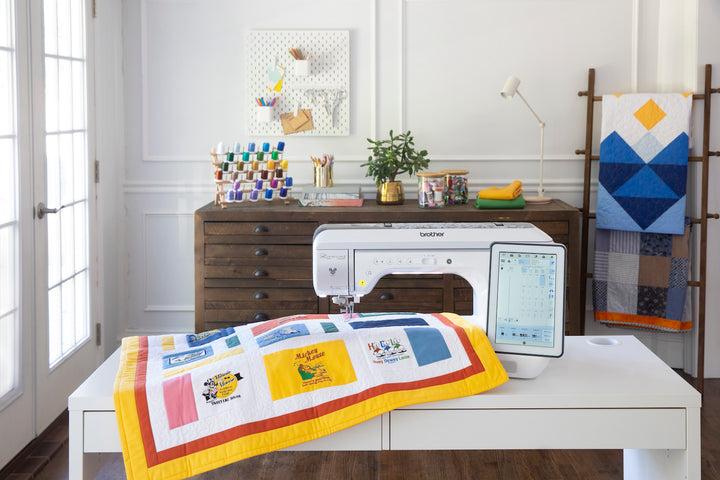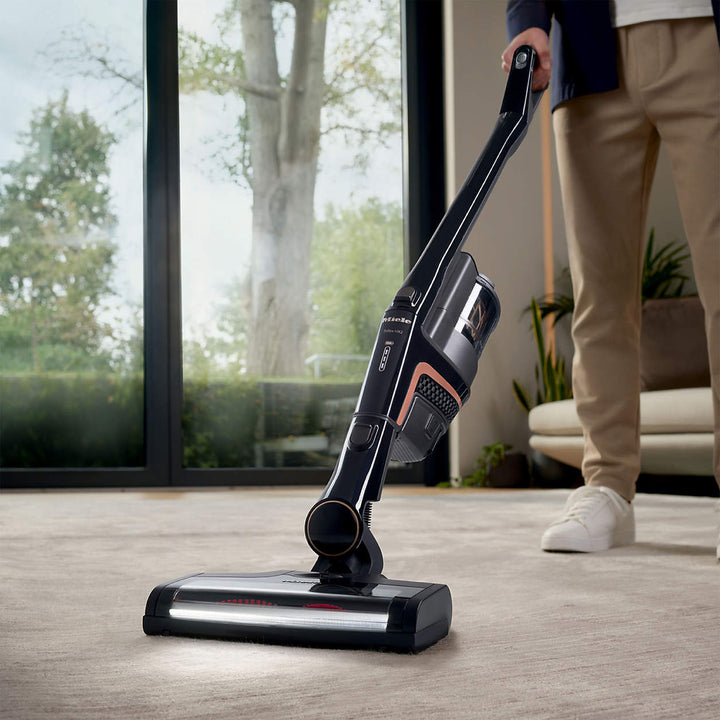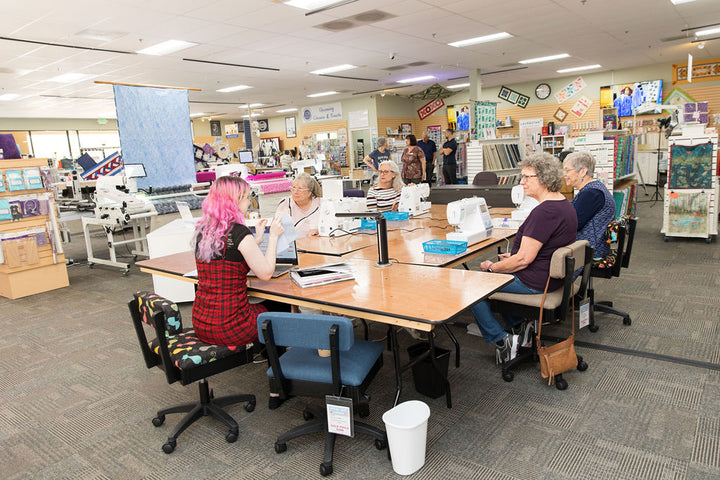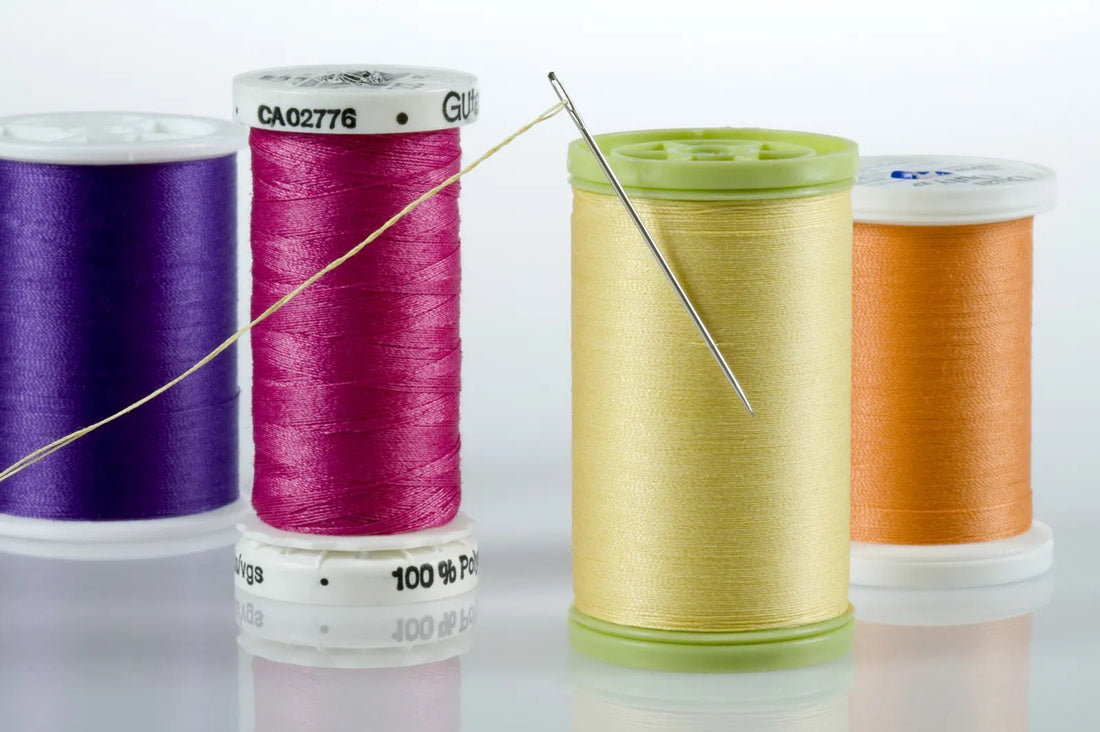Sewing thread is essential to the task and choosing the right weight of thread can make all the difference in the overall look, strength, and functionality of your project. In this article, we will explore different types and weights of threads for sewing machines, when to use them, and the needle to pair them with.
Thread Weights and Their Uses
Let’s first talk about thread weights. The weight of thread refers to the thickness of that thread. The larger the weight number of the thread the thinner the thread is. This means an 80-weight thread is very fine and thin. The lower the weight the thicker the thread. A 12-weight thread is thick and meant to be used when it is desired to have the thread show. The chart below will help you visualize how the weight of threads for sewing machines.

Light Weight Threads (50 – 60 wt)
Light weight threads are ideal for delicate fabrics, fine seams and detailed embroidery. These threads are typically used in machine quilting where a smaller stitch is desired so it does not add bulk to the project. They are also used for detailed machine embroidery work, lightweight apparel and heirloom sewing.
Examples of Use:
Quilting thread for fine quilting stitches when piecing.
Embroidery thread for detailed designs on light fabrics
Tip: Use a fine needle (size 70/10 or 80/12) to prevent damaging delicate fabrics.
Medium Weight Threads (30 – 40 wt)
Medium weight threads are versatile and can be used for a wide range of machine sewing projects. This weight is most commonly used in sewing machines for general garment construction, home décor and piecing quilts as it offers strength and subtlety in your stitches.
Examples of use
Sewing machine thread for general sewing
Tip: A universal needle (size 80/12 or 90/14) works well with most projects.
Heavy weight threads (12 – 30 wt)
Heavy weight threads are used when you need strong or decorative stitches. They are perfect for topstitching, decorative stitching, and working with heavy fabrics like denim or canvas. These threads are thicker and provide durability and a bolder finish.
Examples of use
Decorative threads for hand embroidery
Heavy-duty sewing thread for outdoor gear and upholstery
Tip: Use a top stitch sewing needle or denim needle (size 100/16 or larger) to handle the thickness.
Types of Sewing Threads
Quilting Thread
Quilting thread is designed to withstand the stress of machine quilting. It comes in various weights but is typically found in the 30 – 50 wt range. Look for cotton for a soft natural finish or polyester blends for strength and durability. Quilting thread comes in smaller spools for piecing and larger cones or spools for quilting.
Embroidery Thread
Embroidery thread is typically a light weight thread that comes in a wide array of colors and finishes. The best machine embroidery thread to use will be determined by your project. Here are some of the most common types of machine embroidery thread and what sets them apart.
40 wt High Sheen Polyester – This is the most common embroidery thread. It is very strong, comes in a wide array of colors plus, it is color-fast, even if bleached.
40 wt Rayon – Rayon thread is more soft and supple and has a wonderful drape. Rayon thread is great for projects where a soft drape is desired such as a lace garment. It is a natural fiber that is sensitive to laundering and bleach.
40 wt Metallic Thread – This thread has a beautiful shine and is great for accents. Avoid using metallic thread on overly dense embroidery designs to reduce issues like thread shredding.
Bobbin Thread
Bobbin thread is a lighter weight thread, often around 60 – 80 wt used in the bobbin of your sewing machine. It is designed to be strong but fine enough to prevent adding bulk to your seams. Typically you will want to match your embroidery bobbin thread to your top thread in case there are any threads that pull to the front when sewing.
Serger and Overlocker Thread
Serger thread is generally lighter (40 – 50 wt) to allow for multiple threads to be used without adding too much bulk. Serger thread typically comes on a larger cone and is designed specifically for serging.
Metallic Thread
Metallic thread is used for decorative stitching to add a bit of shimmer and shine to your projects. It can be finicky to work with but using a telescoping thread stand and a thread net can help keep your metallic thread under control when sewing. Be sure to use a metallic thread needle for the best results.
For more tips on using the right needle for your project. View our article on needles
Tips for Storing Sewing Thread
Sewing thread comes in many different colors and materials which makes it beautiful to look at. Let’s be honest, the visual appeal is why we are often tempted to display our thread on our walls. However, proper storage of sewing machine thread can extend its lifespan.
Here are tips for extending the life of your high-quality sewing thread.
- Keep sewing thread away from sunlight. Direct sunlight can weaken and fade threads.
- Store in a cool, dry place. Humidity and extreme temperatures can cause the thread to deteriorate.
- Use thread storage boxes. Thread storage boxes keep threads dust-free and organized. Our favorite thread storage boxes are designed to stack which also saves space.
- Organize by weight and type.
- Winding bobbins. Store pre-wound bobbins in a bobbin storage box or organizer to keep them from unraveling and getting tangled.
Why Does Quality Sewing Thread Matter?
Not all threads are created equal. Some threads are of higher quality and are better for machine sewing. It is important to use a high-quality thread as it tends to produce less lint that can get stuck in your machine causing mechanical issues. Poor quality thread can also result in a thread breaking while you sew, skipped stitches, or thread “shredding”. Some of our favorite brands of thread are Madeira, Floriani, King Tut, Mettler, Aurifil, Wonderfil, Quilters Select, and OESD.
Conclusion
Whether you are piecing a quilt, adding embroidery to a garment or garment sewing with a serger, choosing the right thread weight and type is essential. Proper storage will ensure your sewing thread is in top condition when you are ready to sew ensuring ti will last longer and perform better.
Happy Sewing!




